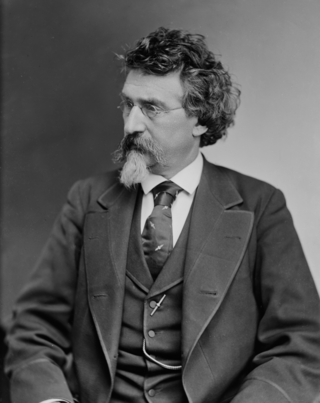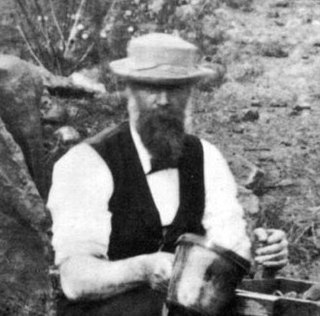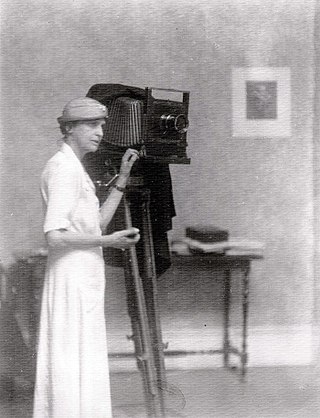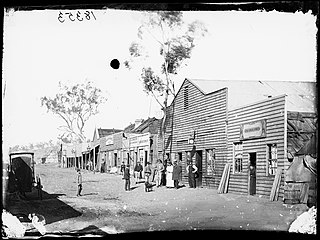Related Research Articles

Photographic plates preceded photographic film as a capture medium in photography. The light-sensitive emulsion of silver salts was coated on a glass plate, typically thinner than common window glass. They were heavily used in the late 19th century. With the spread of photographic film, the use of plates declined through the 20th. They were still used in some communities, particularly in science and medicine, until the late 20th century.

Walker Evans was an American photographer and photojournalist best known for his work for the Resettlement Administration and the Farm Security Administration (FSA) documenting the effects of the Great Depression. Much of Evans' New Deal work uses the large format, 8 × 10-inch (200×250 mm) view camera. He said that his goal as a photographer was to make pictures that are "literate, authoritative, transcendent".

The Beinecke Rare Book & Manuscript Library is the rare book library and literary archive of the Yale University Library in New Haven, Connecticut. It is one of the largest buildings in the world dedicated to rare books and manuscripts and is one of the largest collections of such texts. Established by a gift of the Beinecke family and given its own financial endowment, the library is financially independent from the university and is co-governed by the University Library and Yale Corporation.

Large format photography refers to any imaging format of 9 cm × 12 cm or larger. Large format is larger than "medium format", the 6 cm × 6 cm or 6 cm × 9 cm size of Hasselblad, Mamiya, Rollei, Kowa, and Pentax cameras, and much larger than the 24 mm × 36 mm frame of 35 mm format.

Mathew Benjamin Brady was an American photographer. Known as one of the earliest and most famous photographers in American history, he is best known for his scenes of the Civil War. He studied under inventor Samuel Morse, who pioneered the daguerreotype technique in America. Brady opened his own studio in New York City in 1844, and went on to photograph U.S. presidents John Quincy Adams, Abraham Lincoln, Millard Fillmore, Martin Van Buren, and other public figures.

Sergey Mikhaylovich Prokudin-Gorsky was a Russian chemist and photographer. He is best known for his pioneering work in colour photography and his effort to document early 20th-century Russia.

The American Civil War was the most widely covered conflict of the 19th century. The images would provide posterity with a comprehensive visual record of the war and its leading figures, and make a powerful impression on the populace. Something not generally known by the public is the fact that roughly 70% of the war's documentary photography was captured by the twin lenses of a stereo camera. The American Civil War was the first war in history whose intimate reality would be brought home to the public, not only in newspaper depictions, album cards and cartes-de-visite, but in a popular new 3D format called a "stereograph," "stereocard" or "stereoview." Millions of these cards were produced and purchased by a public eager to experience the nature of warfare in a whole new way.

Carleton E. Watkins (1829–1916) was an American photographer of the 19th century. Born in New York, he moved to California and quickly became interested in photography. He focused mainly on landscape photography, and Yosemite Valley was a favorite subject of his. His photographs of the valley significantly influenced the United States Congress' decision to preserve it as a National Park.

Eugène Atget was a French flâneur and a pioneer of documentary photography, noted for his determination to document all of the architecture and street scenes of Paris before their disappearance to modernization. Most of his photographs were first published by Berenice Abbott after his death. Though he sold his work to artists and craftspeople, and became an inspiration for the surrealists, he did not live to see the wide acclaim his work would eventually receive.

Doris Ulmann was an American photographer, best known for her portraits of the people of Appalachia, particularly craftsmen and musicians, made between 1928 and 1934. She collaborated with writer Julia Peterkin on Roll, Jordan, Roll.

The carte de visite was a format of small photograph which was patented in Paris by photographer André Adolphe Eugène Disdéri in 1854, although first used by Louis Dodero.

William Henry Jackson was an American photographer, Civil War veteran, painter, and an explorer famous for his images of the American West. He was a great-great nephew of Samuel Wilson, the progenitor of America's national symbol Uncle Sam. He was the great-grandfather of cartoonist Bill Griffith, creator of Zippy the Pinhead comics.

War photography involves photographing armed conflict and its effects on people and places. Photographers who participate in this genre may find themselves placed in harm's way, and are sometimes killed trying to get their pictures out of the war arena.

The Holtermann Collection is the name given to a collection of over 3,500 glass-plate negatives and albumen prints, many of which depict life in New South Wales goldfield towns. It also includes numerous photographs of Australian rural towns and the cities of Sydney and Melbourne taken between 1871 and 1876. The collection is held by the State Library of New South Wales.

The Excelsior Wet Plate Camera is a type of wet plate camera invented by August Semmendinger, one of the first manufacturers of wet plate photography. Excelsior cameras were manufactured in both New York City and Fort Lee, New Jersey starting in 1859.

The conservation and restoration of photographic plates is the practice of caring for and maintaining photographic plates to preserve their materials and content. The practice includes the measures that can be taken by conservators, curators, collection managers, and other professionals to conserve the material unique to photographic plate processes. This practice includes understanding the composition and agents of deterioration of photographic plates, as well as the preventive, and interventive conservational measures that can be taken to increase a photographic image's longevity.
Hugh Mangum was an American photographer who worked in the American South from the 1890s through 1922 at the height of Jim Crow laws mandating racial segregation and discrimination. Like a few other photographers in the South at the time, Mangum seemed to have maintained an open door policy in his itinerant and studios, and welcomed blacks and whites alike. His glass plate negatives, found in a family barn slated for demolition, were brought to light almost fifty years after his death.
Wilhelm Hester (1872–1947) was a German-born American photographer and businessman who worked in the Pacific Northwest and Alaska from 1893 to 1906.
Photo-crayotypes were an artistic process used for the hand-colouring of photographs by the application of crayons and pigments over a photographic impression.

Lucy Wallace Porter, also known as Lucy Bryant Wallace, was an American photographer. In 1912 she married the Harvard medievalist, Arthur Kingsley Porter (1883–1933). His published works included Romanesque Sculpture of the Pilgrimage Roads and Spanish Romanesque Sculpture. He is known to have been an innovative “scholar-photographer” though later critical studies have shown that Porter was the principal photographer who accompanied him on his travels from 1919 onwards.
References
- ↑ "Art & Architecture Thesaurus Full Record Display (Getty Research)". www.getty.edu. Retrieved 2018-08-12.
- ↑ "Mammoth Plate Photographs of the North American West | Beinecke Rare Book & Manuscript Library". beinecke.library.yale.edu. Retrieved 2018-08-12.